Astrocytes
‘SNAP’ dance of astrocytes and neurons falls out of step with age, disease
The findings add to growing evidence that astrocytes are star players in cognition.
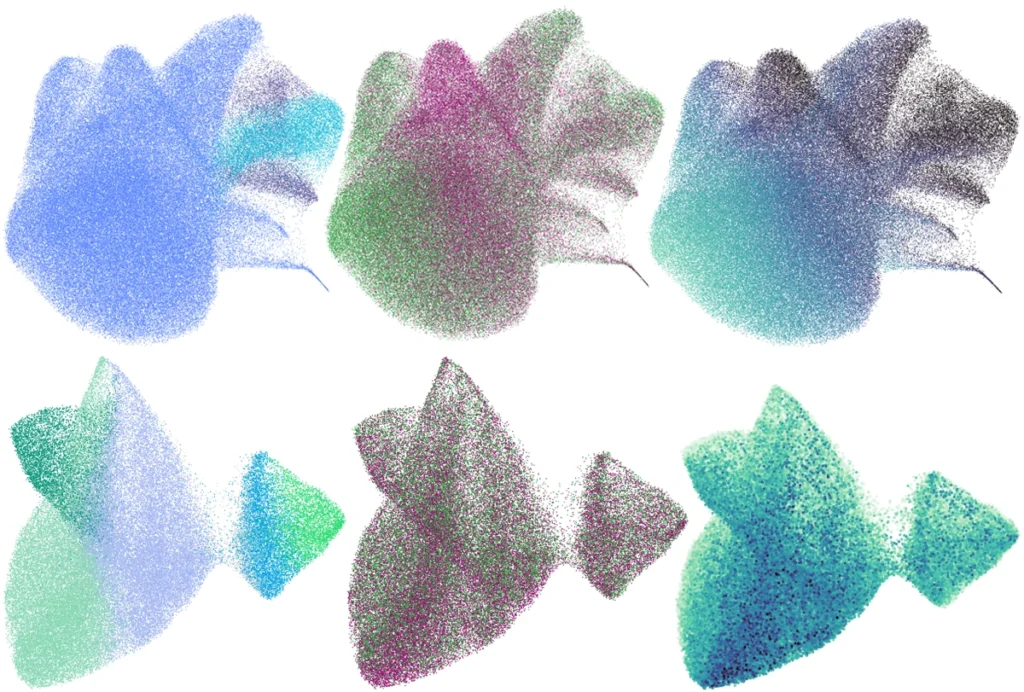
‘SNAP’ dance of astrocytes and neurons falls out of step with age, disease
Dispute erupts over role of sticky proteins in astrocytes
But multiple independent researchers say they are not convinced by its results, which fail to confirm high-profile findings from 2017.
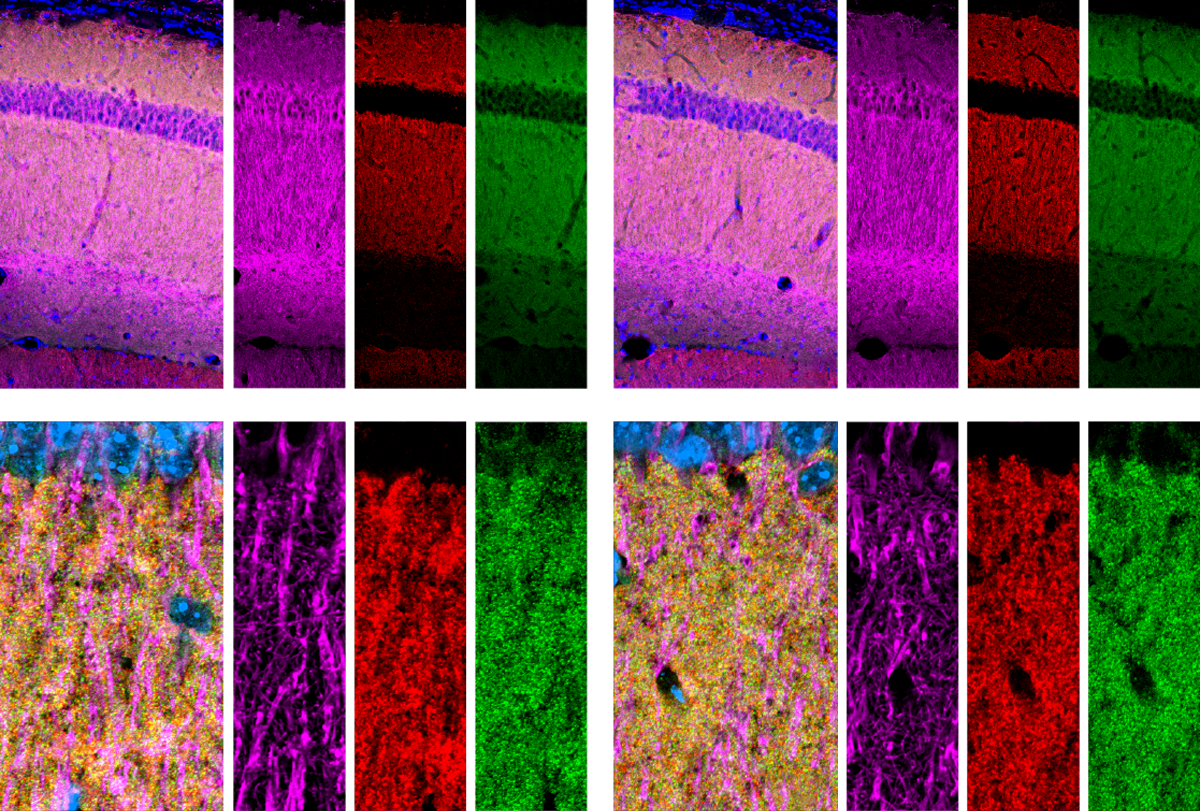
Dispute erupts over role of sticky proteins in astrocytes
Latest ‘prime-editing’ tools tackle delivery, safety issues
The gene-editing advances make it easier to target specific tissues in mice and detect off-target effects.
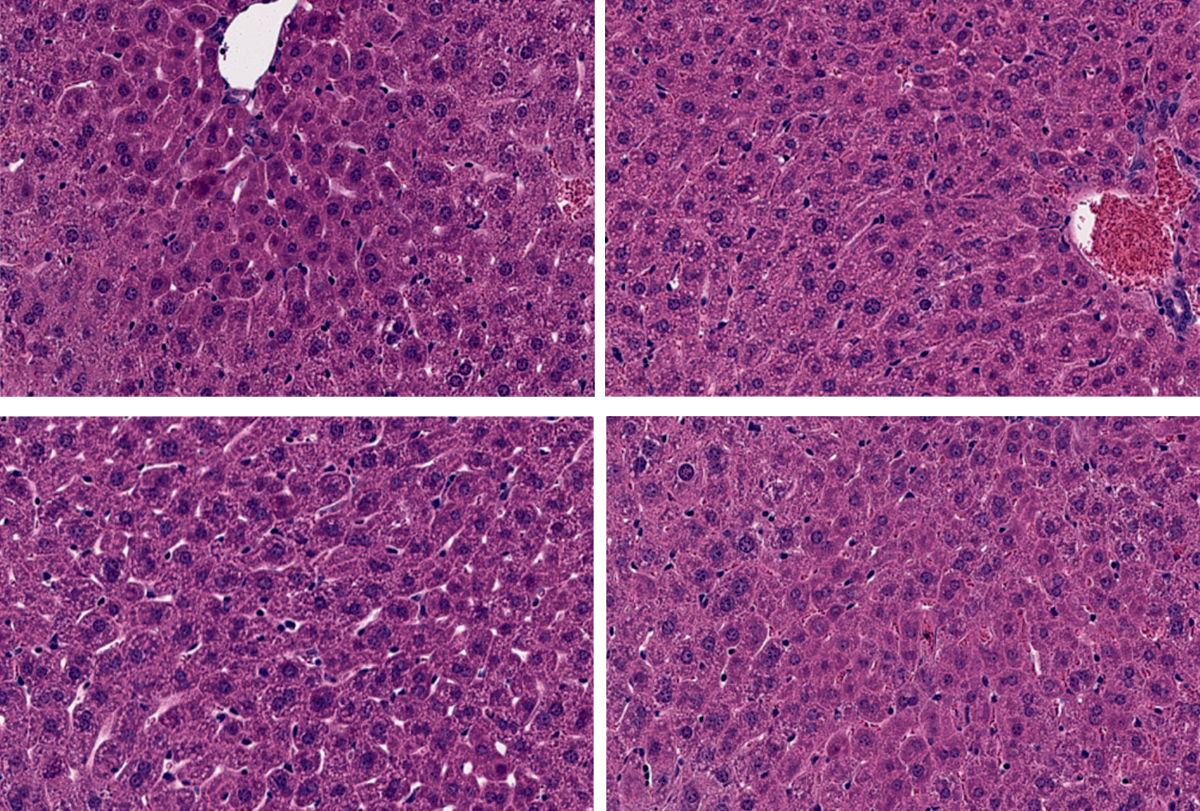
Latest ‘prime-editing’ tools tackle delivery, safety issues
Astrocytes fuel erratic firing in fragile X neurons
A shift in astrocyte secretions may explain the atypical firing patterns of neurons derived from people with fragile X syndrome.
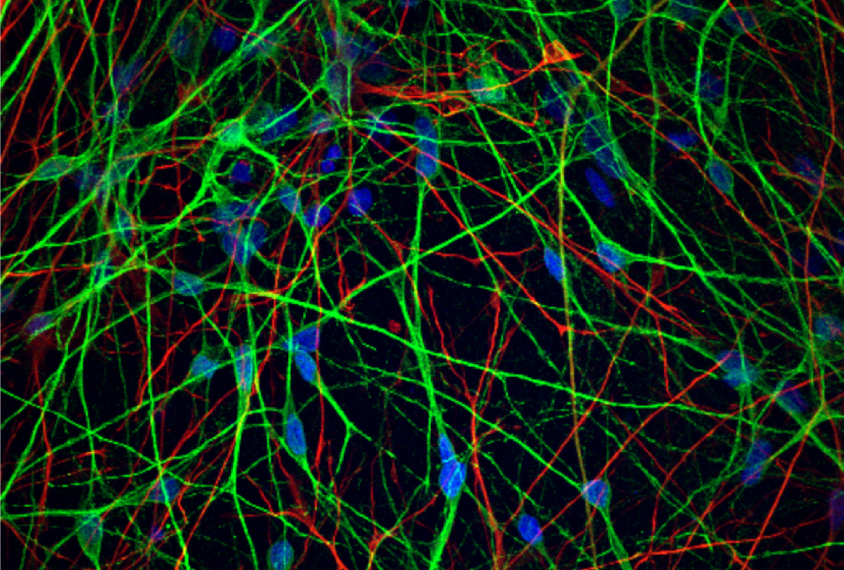
Astrocytes fuel erratic firing in fragile X neurons
Beyond the bench: At school with Verónica Martínez Cerdeño
Spectrum caught up with the University of California, Davis professor about her passion for volunteering in underserved schools, birding and fossil-hunting.
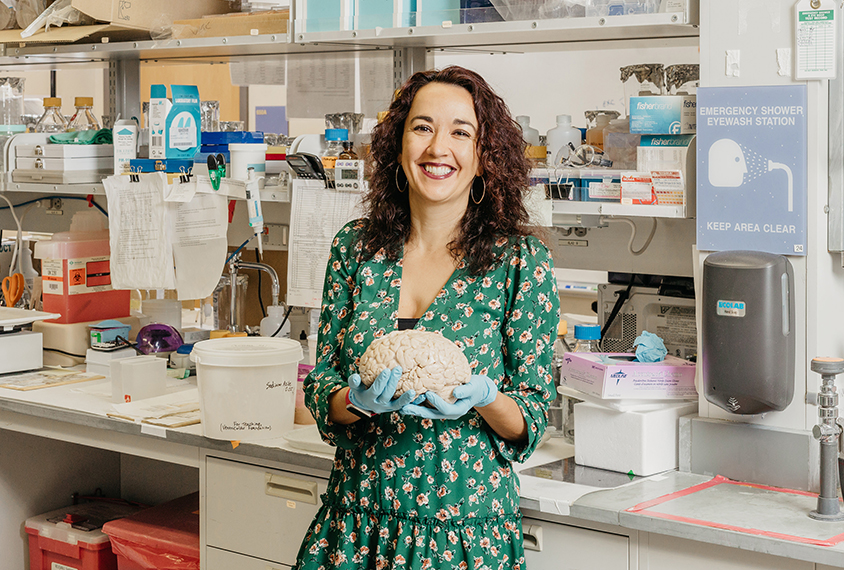
Beyond the bench: At school with Verónica Martínez Cerdeño
Organoids identify potential therapies, circuit flaws for autism-linked syndromes
Brain cell clusters serve as drug screens and reveal connectivity differences for autism-linked conditions, two new models show.
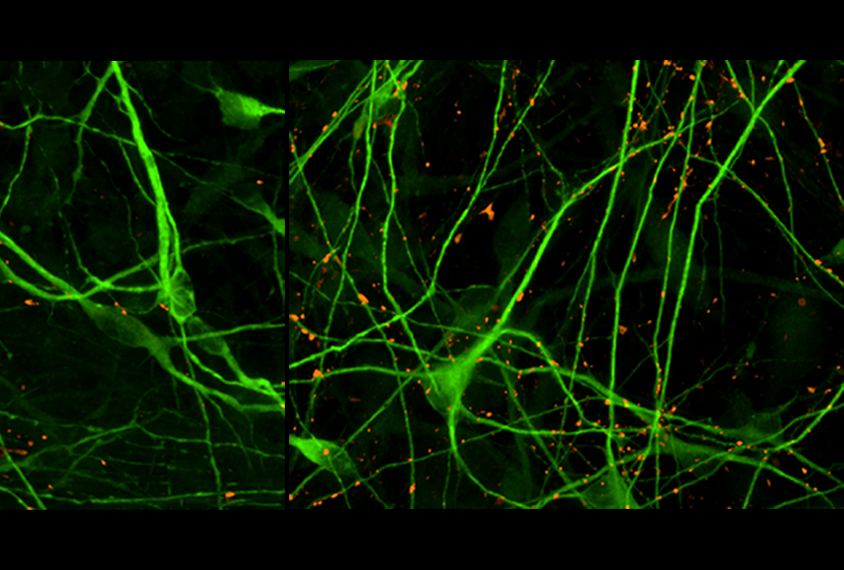
Organoids identify potential therapies, circuit flaws for autism-linked syndromes
Mouse studies cast astrocytes as stars of sensory perception
Data from two separate research teams suggest the cells are key to sensory hypersensitivity in fragile X syndrome.
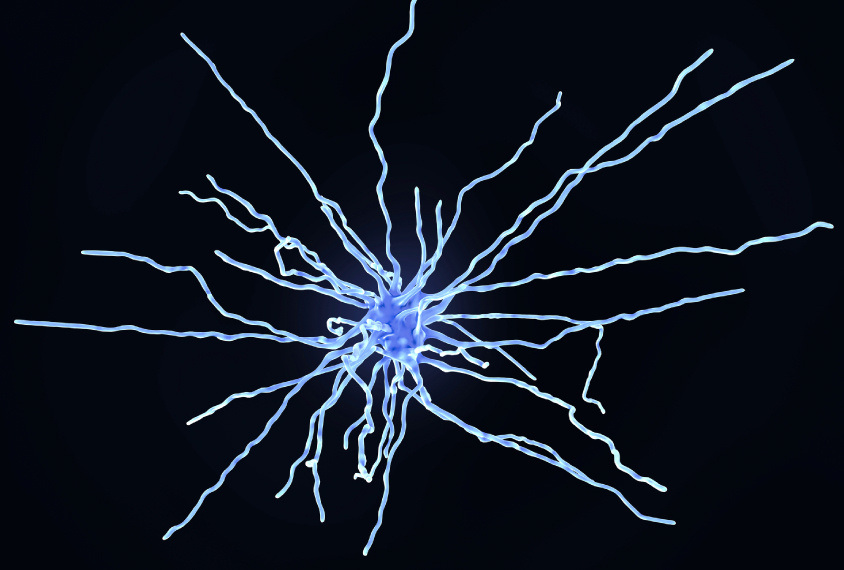
Mouse studies cast astrocytes as stars of sensory perception
How star cells’ secretions may stunt neurons: Q&A with Nicola Allen
Non-neuronal brain cells called astrocytes secrete proteins that seem to hamper the growth of neurons in people with autism-related syndromes. These proteins could be new drug targets, Allen says.
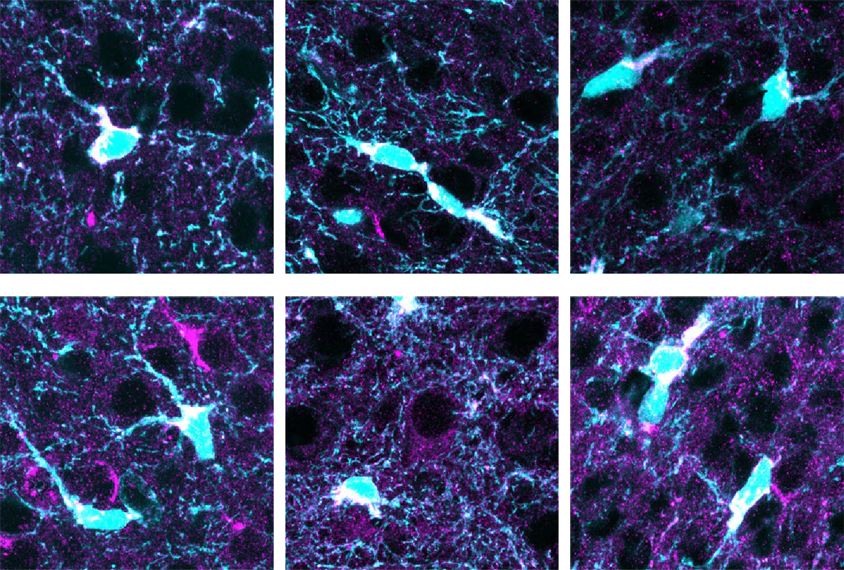
How star cells’ secretions may stunt neurons: Q&A with Nicola Allen
Portrait of a research field: astrocytes in autism
Long cast in supporting roles in the brain, astrocytes are now emerging as primary players in certain characteristics of autism and related conditions.
Portrait of a research field: astrocytes in autism
Glial cells star in autism-linked gene expression analysis
Many genes linked to autism are switched on in the brain's glia, cells that help neurons develop and synapses form.
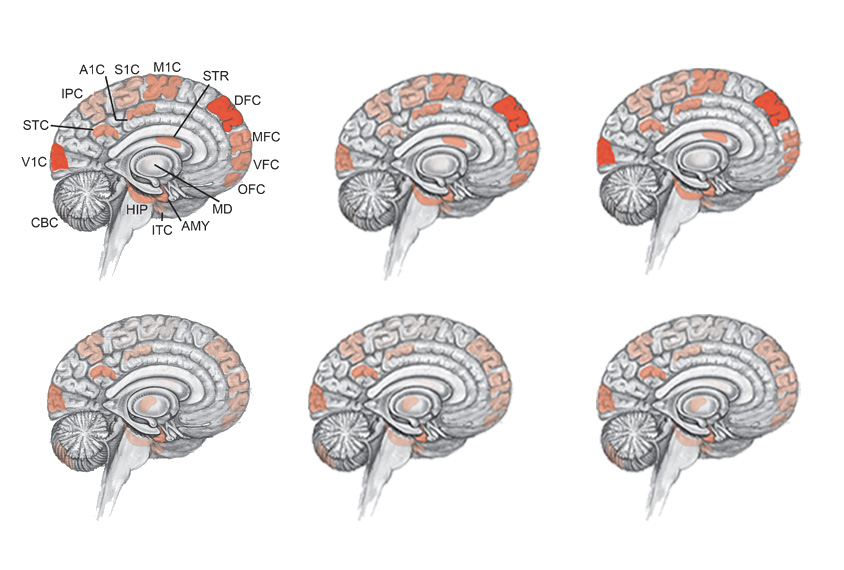
Glial cells star in autism-linked gene expression analysis
Explore more from The Transmitter
Neuroscience needs a research-video archive
Video data are enormously useful and growing rapidly, but the field lacks a searchable, shareable way to store them.
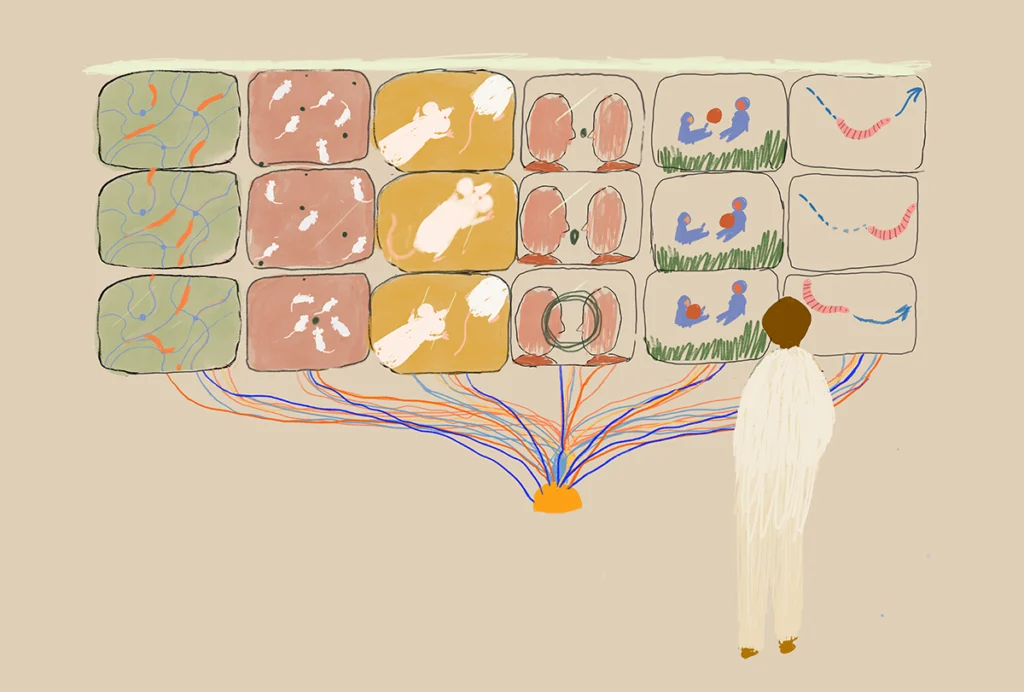
Neuroscience needs a research-video archive
Video data are enormously useful and growing rapidly, but the field lacks a searchable, shareable way to store them.
Inclusivity committee disbands in protest at Canadian neuroscience institute
The majority of an 11-person committee resigned from the group this week following news that a staff position overseeing equity, diversity and inclusion would not be renewed.
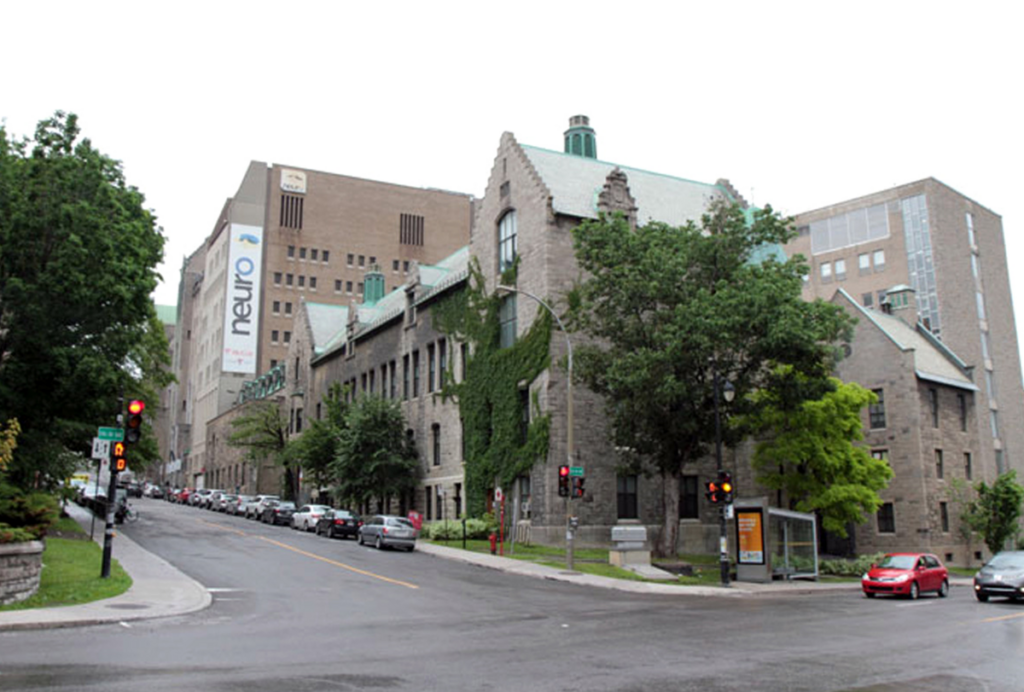
Inclusivity committee disbands in protest at Canadian neuroscience institute
The majority of an 11-person committee resigned from the group this week following news that a staff position overseeing equity, diversity and inclusion would not be renewed.
How to explore your scientific values and develop a vision for your field
As a new professor, I was caught off guard by one part of the job: my role as an evaluator.
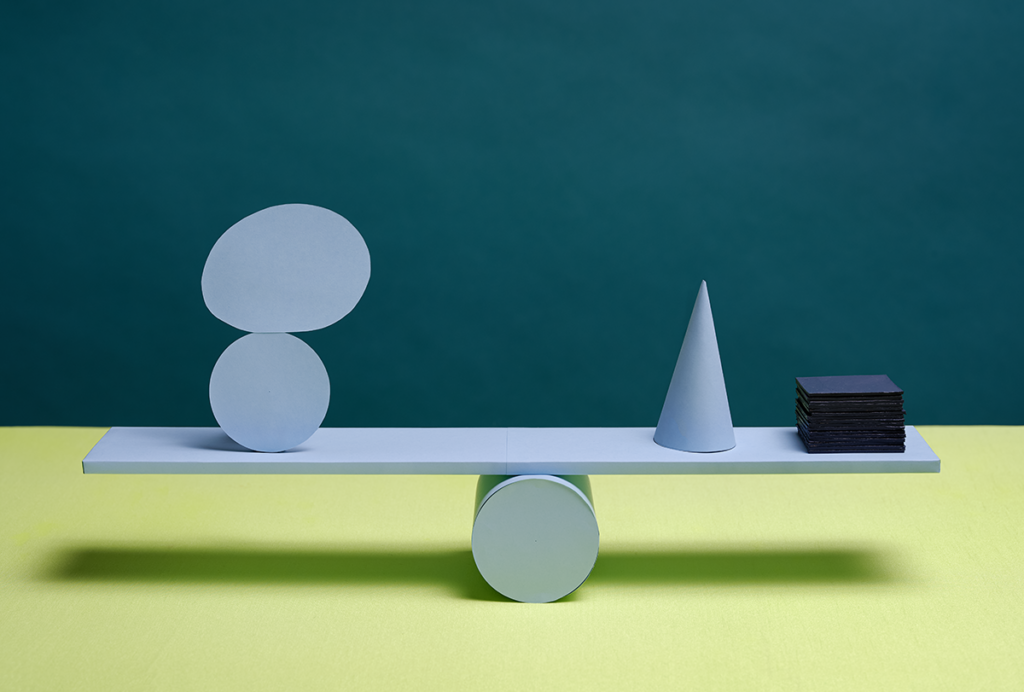
How to explore your scientific values and develop a vision for your field
As a new professor, I was caught off guard by one part of the job: my role as an evaluator.